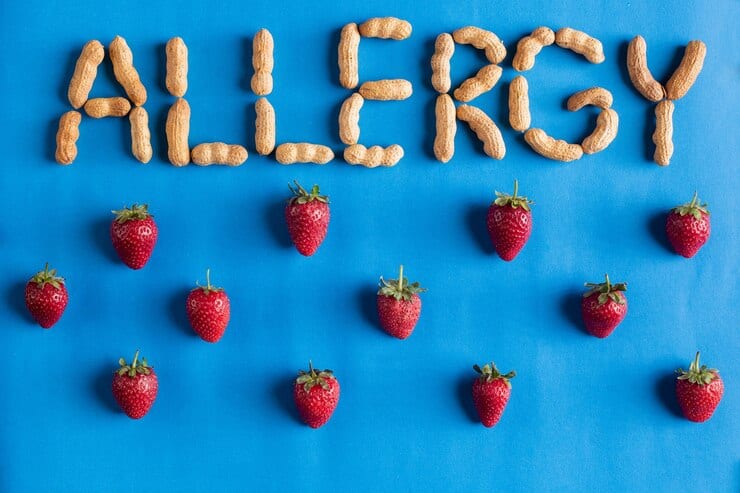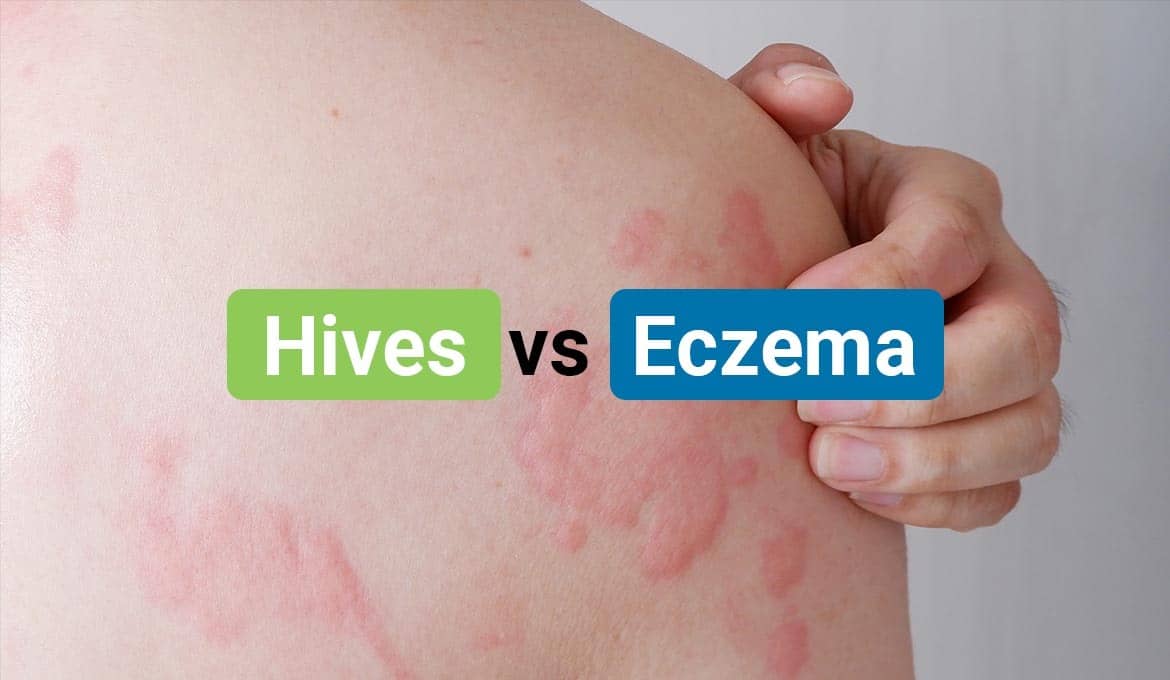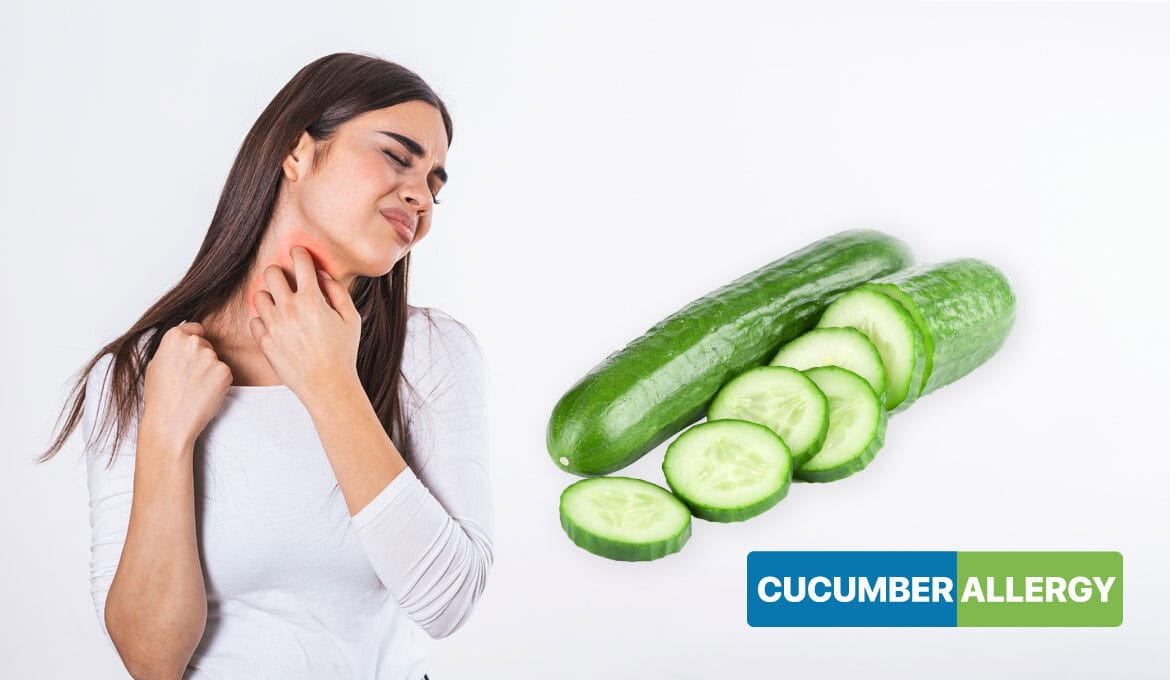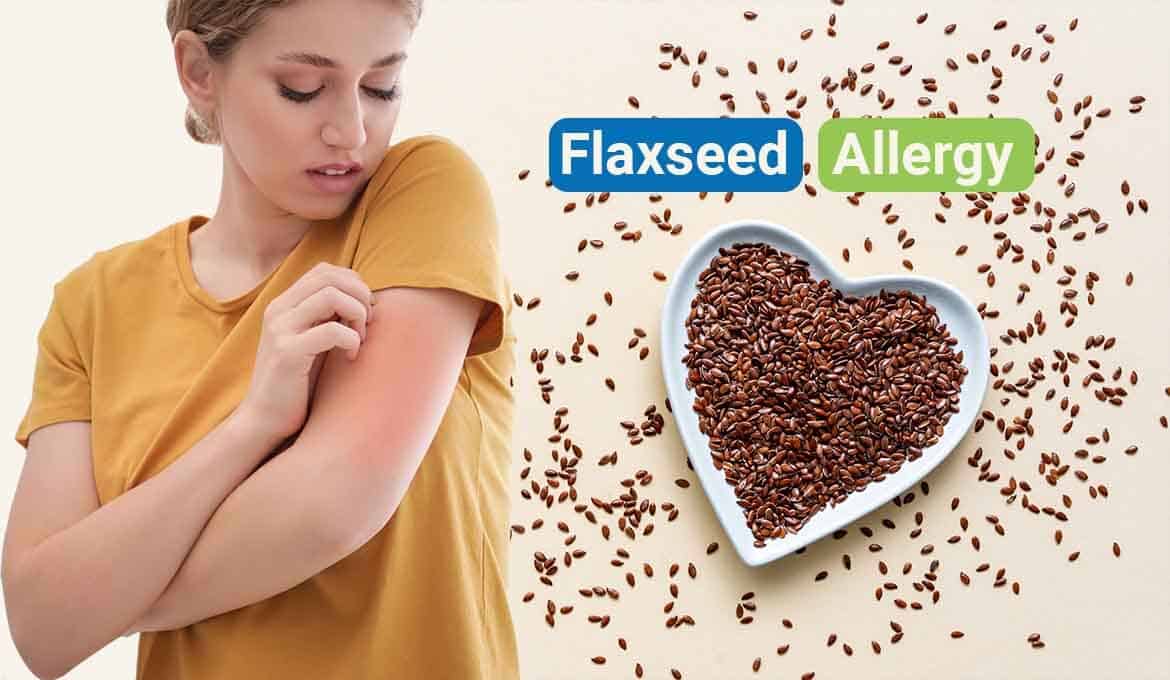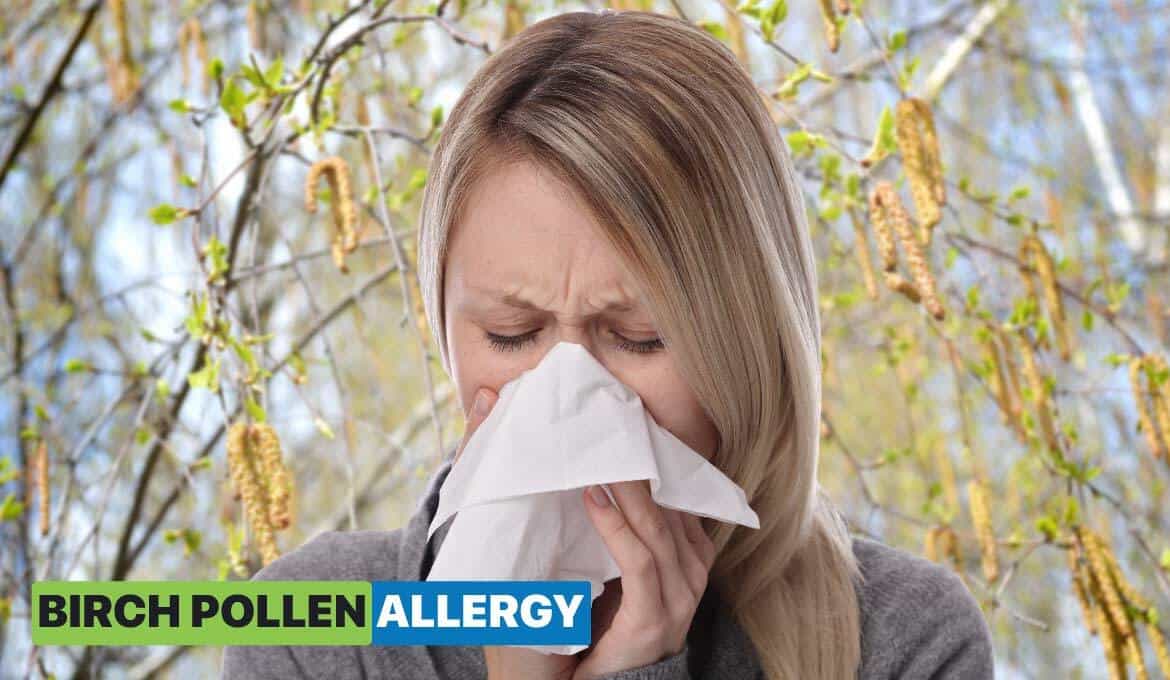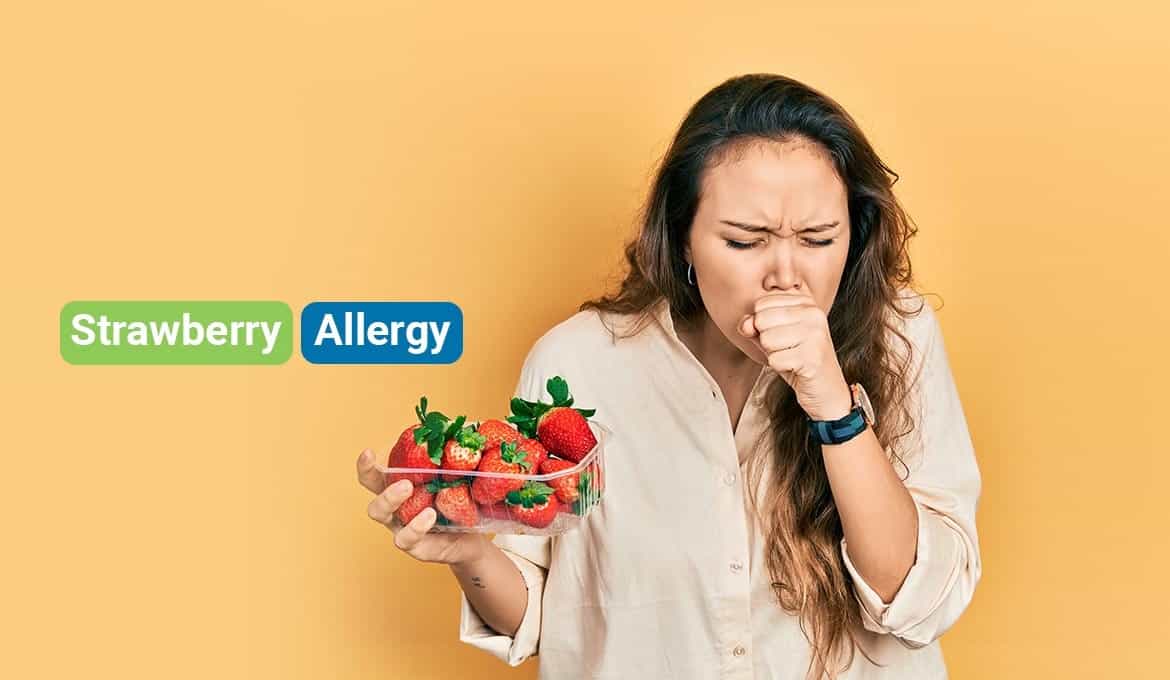
Food is the fuel that keeps us alive. Eating different food groups for their nutrition is how we sustain ourselves. One particular food group that is enjoyed by many is fruits. They are delicious and nutritious and help satisfy cravings.
However, for those with food allergies, particularly fruit allergies, consuming them can be far from enjoyable. Food allergies can be a source of annoyance and can sometimes be the cause of adverse health effects.
Food allergies are chronic conditions that can last a lifetime. It is, however, possible to manage your allergy by incorporating the right lifestyle changes and taking adequate precautions.
In this article, we discuss how to manage strawberry allergies.
What are allergies?
Allergies are hypersensitive immune responses to a typically harmless substance known as an allergen. Allergens can include pollen, dust mites, animal dander, certain foods, and medications.
When a person with allergies comes into contact with an allergen, their immune system overreacts and produces an antibody called immunoglobulin E (IgE). This antibody triggers the release of chemicals, such as histamine, into the bloodstream, which causes allergy symptoms.
Allergies can manifest in various ways, including skin reactions like hives or rashes, respiratory symptoms such as sneezing, coughing, and shortness of breath, gastrointestinal symptoms such as nausea, vomiting, or diarrhea, and even anaphylaxis, a life-threatening allergic reaction.
The severity of allergy symptoms can vary from person to person and range from mild to severe.
While allergies cannot be cured, various treatments are available to help manage symptoms. These can include antihistamines, nasal sprays, decongestants, and allergen immunotherapy.
What are food allergies?
Food allergies are conditions in which an allergic reaction is triggered due to the presence of specific allergens in food. Food allergens are proteins in certain foods that trigger an immune response in susceptible individuals.
These allergies occur when the immune system reacts to a particular food as if it were harmful. These allergies are typically triggered by consuming food containing allergens but can also cause a reaction upon contact with skin.
The most common food allergens include peanuts, tree nuts, shellfish, fish, milk, eggs, soy, and wheat.
Difference between food allergies, food intolerance, and food poisoning
Food allergies, food intolerance, and food poisoning are all conditions that can cause discomfort and adverse reactions after eating certain foods, but they differ in their causes and symptoms.
Food allergies occur when the immune system overreacts to a particular food protein and produces an allergic reaction. The symptoms of food allergies can range from mild to severe and can include hives, swelling, itching, difficulty breathing, and anaphylaxis.
Food intolerance occurs when the digestive system cannot properly digest a particular food component, such as lactose or gluten. The symptoms of food intolerance can include bloating, abdominal pain, gas, diarrhea, and nausea but are generally not life-threatening.
Food poisoning occurs when contaminated food is consumed, leading to symptoms such as nausea, vomiting, diarrhea, and stomach cramps. Food poisoning is caused by bacteria, viruses, or toxins in the food and can result from poor food handling, storage, or preparation.
What are strawberry allergies?
Strawberry allergies are food allergies that occur when the immune system reacts to proteins found in strawberries. Symptoms of a strawberry allergy can range from mild to severe and may include itching, hives, swelling, vomiting, and difficulty breathing.
The proteins in strawberries that cause allergic reactions are called allergens. There are several allergens in strawberries, but the most common one is Fra a 1. This allergen is a protein found in the fruit's flesh and can cause an allergic reaction when ingested.
People with a history of allergies or a family history are more likely to develop a strawberry allergy. Other risk factors include having a weakened immune system or a history of asthma.
Symptoms of strawberry allergies
Strawberry allergies can cause a variety of symptoms that can range from mild to severe. The severity of symptoms can vary from person to person and can even be different with each exposure to the allergen.
Some people may experience only mild symptoms, while others may have a more severe allergic reaction.
Skin reactions –
These are common symptoms of strawberry allergy. They can include itching, hives, redness, or swelling on the skin. These reactions usually occur within a few minutes to an hour after eating strawberries or coming into contact with them.
Gastrointestinal issues –
Gastrointestinal symptoms can also occur with strawberry allergy, including stomach cramps, diarrhea, nausea, or vomiting. These symptoms occur shortly after consuming the fruit.
Breathing difficulty –
Respiratory symptoms such as a runny nose, coughing, wheezing, shortness of breath, or difficulty breathing can also occur with strawberry allergy. These symptoms may develop quickly and can be especially concerning if they affect breathing.
Anaphylaxis –
In some cases, a severe allergic reaction known as anaphylaxis can occur, a life-threatening emergency requiring immediate medical attention. Symptoms of anaphylaxis may include swelling of the face and throat, rapid heartbeat, difficulty breathing, dizziness, and loss of consciousness.
Causes of Strawberry Allergies
The exact cause of strawberry allergies is not fully understood, but it is believed to be a combination of genetic and environmental factors.
The leading cause of strawberry allergies is an immune system reaction to the proteins found in strawberries. The body's immune system recognizes these proteins as foreign invaders, which triggers an allergic response.
The most common strawberry allergen is a protein called Fra a 1, which is found in the flesh of the fruit. This protein can cause an allergic reaction when ingested and is particularly problematic for individuals with a history of allergies or a family history of allergies.
Other proteins found in strawberries can also trigger an allergic reaction, including Fra a 2, Fra a 3, and Fra a 4. These proteins are located in the fruit's seeds, leaves, and skin, respectively, and may cause symptoms when consumed or when the fruit's skin comes into contact with the skin.
In addition to the proteins in strawberries, other factors, like a weakened immune system, a history of asthma or allergies, or exposure to certain environmental factors, can also contribute to the development of a strawberry allergy.
Strawberry Allergies, Cross-Reactivity & OAS
The immune system’s hypersensitivity causes food allergies to a particular protein found in the food. This allergy-inducing protein may not be exclusive to one specific food.
Furthermore, there may be protein in other food similar to, or mimics, the allergy-causing protein. Therefore, a person afflicted with a particular food allergy might also be allergic to other similar food. This is known as cross-reactivity.
Strawberry allergies can cause cross-reactivity with other foods, triggering an allergic reaction even if the person has not consumed strawberries.
For example, individuals with a strawberry allergy may also be allergic to other fruits, such as raspberries, blackberries, and blueberries, which belong to the same family of fruits as strawberries.
It occurs because the proteins in these fruits are similar enough to the proteins in strawberries to trigger an allergic reaction.
Another condition in individuals with a strawberry allergy is Oral Allergy Syndrome (OAS), also known as pollen-food allergy syndrome. OAS occurs when a person with a pollen allergy eats certain fruits or vegetables and experiences a mild allergic reaction in their mouth or throat.
This reaction is usually limited to itching, tingling, or swelling in the mouth and throat and does not typically lead to a more severe allergic reaction.
In the case of strawberry allergies, individuals with a pollen allergy may experience OAS when they eat strawberries. This occurs because the proteins in strawberries are similar to proteins found in certain pollens, and the immune system may mistake them for each other.
People afflicted with strawberry allergy are especially vulnerable to cross-reactivity to apple and OAS due to birch pollen. It is advisable to test reactivity to birch pollen and apples to manage your strawberry allergies better.
Preventive measures to manage strawberry allergies
If you have a strawberry allergy, the best preventive measure is to avoid strawberries and any food that contains them. Here are some steps you can take to prevent a reaction:
Read food labels carefully:
Always read the labels of any food products you buy to ensure they don't contain strawberries. Be aware that strawberries may be found in unexpected places, such as sauces, dressings, and desserts.
Communicate with food providers:
When dining out or eating at someone else's home, let the chef or host know about your allergy so they can prepare food accordingly.
Avoid cross-contamination:
If you share a kitchen with others who eat strawberries, avoid cross-contamination. Use separate cutting boards, utensils, and containers for your food.
Wear a medical alert bracelet:
Consider wearing a medical alert bracelet that indicates your strawberry allergy. This can be especially important in case of an emergency.
Carry an epinephrine auto-injector:
Your doctor may prescribe an epinephrine auto-injector if you have a severe allergy. Keep it with you always, and know how to use it.
Consider allergy testing:
If you haven't been formally diagnosed with a strawberry allergy, consider getting tested by an allergist. Allergy testing can help determine the specific allergen causing your symptoms and the severity of your allergy.
You May Also Like: Can Allergies Make You Tired? Tips To Fix Allergy Fatigue
Treatments for strawberry allergies
The treatment options for strawberry allergy depend on the severity of the allergic reaction. Here are some of the different treatment options available:
Antihistamines:
Antihistamines such as diphenhydramine or loratadine can help relieve mild symptoms of strawberry allergy, such as itching, swelling, and hives. These medications block the histamine the immune system releases during an allergic reaction.
Corticosteroids:
One of the major symptoms of an allergic reaction is inflammation. Inflammation can occur internally or on the skin's surface. Corticosteroids are known to help prevent inflammation. They are taken orally or inhaled to reduce internal inflammation and can be applied topically to treat allergic rashes.
Epinephrine:
In severe cases, strawberry allergies can lead to anaphylaxis. Anaphylaxis is a potentially fatal condition that needs to be treated instantly. Epinephrine is injected to reverse the symptoms of anaphylaxis by giving an adrenaline boost and opening up airways and blood vessels.
Allergen immunotherapy:
This type of treatment works on the exact mechanism of a vaccine. The idea is to progressively build immunity by exposure to small quantities of the allergen over a period of time.
However, this treatment might only be suitable for those afflicted with mild allergies and must be performed under the supervision of a healthcare professional.
Supportive care:
In addition to medical treatment, you can take other steps to manage the symptoms of strawberry allergy. This includes using a cool compress to relieve itching, staying hydrated to prevent hay fever symptoms, etc.
Conclusion
Being afflicted with a food allergy can be challenging as it seemingly demands an extensive list of lifestyle changes. It might be especially tough since there is no cure for allergies.
However, it is vital to remember that managing allergies is easy and benefits your overall health, apart from helping avoid allergic reactions.
Understanding your allergy and the extent of your body’s reaction is crucial to understand the best way to handle your allergy. Symptoms vary from person to person, and factors like cross-reactivity and OAS must also be considered.
It is advisable to consult your healthcare provider to determine the best strategy to combat your allergies.
FAQs
Q: Is there a cure for a strawberry allergy?
A: There is currently no cure for a strawberry allergy. However, some people may outgrow their allergies over time.
Q: Can people with a strawberry allergy eat other types of berries?
A: People with a strawberry allergy may or may not be allergic to other berries. It's essential to consult with an allergist to determine whether other berries are safe to consume.
Q: Should I carry epinephrine if I have a strawberry allergy?
A: If you have a severe strawberry allergy, your doctor may recommend carrying an epinephrine auto-injector in case of accidental exposure to strawberries or other potential allergens. It's essential to know how to use the auto-injector and always have it with you.
Q: How common is a strawberry allergy?
A: Considering that fruit allergies are rare, strawberry allergies are quite widespread. Reportedly, 9% of adults are diagnosed with strawberry allergies.
Q: How to test for a strawberry allergy?
A: Like most allergies, strawberry allergy can be detected through a few medical tests. Blood and skin prick tests are preferred to detect strawberry allergy.
Read Also:

